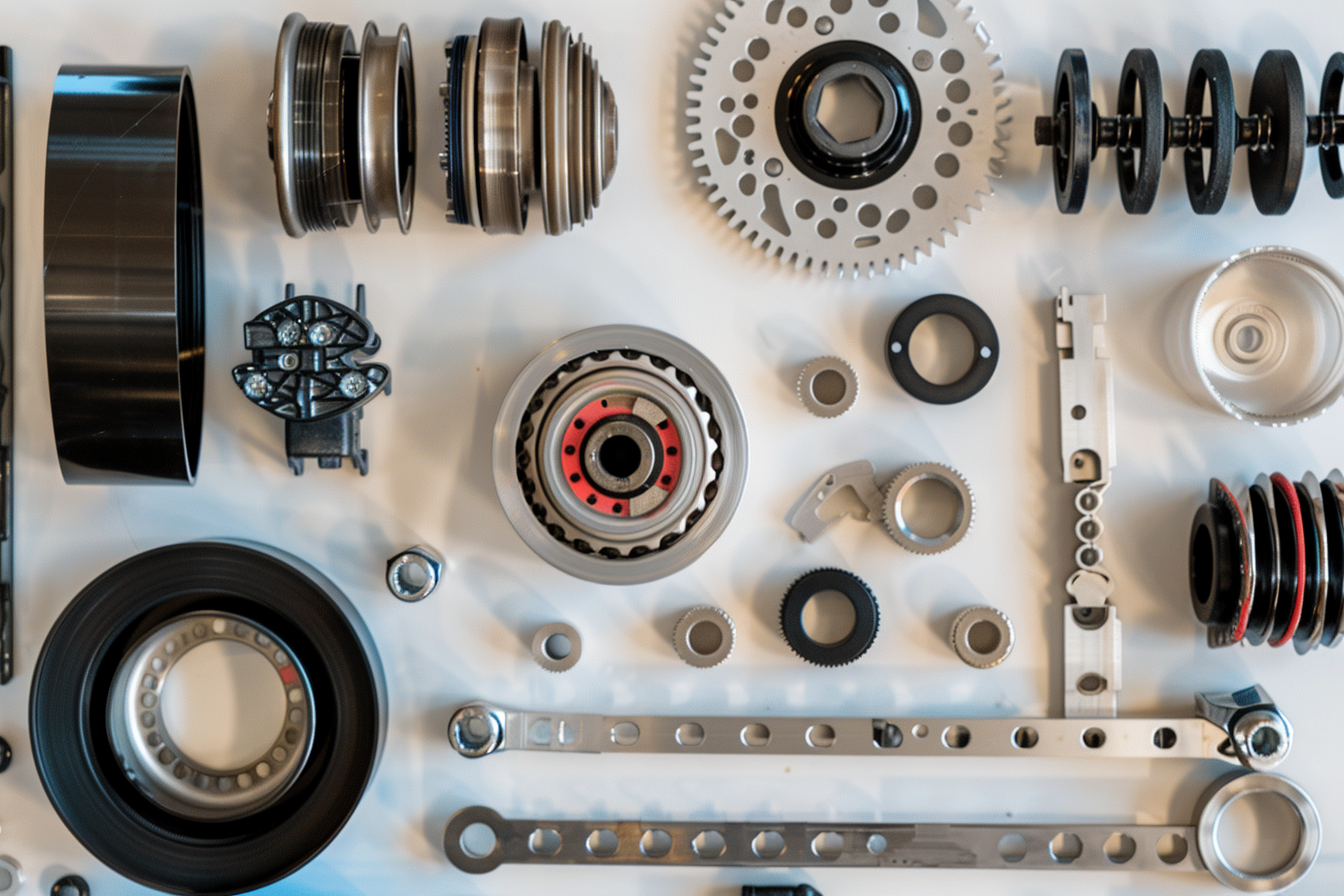One of the primary concerns when purchasing car parts online is what happens if the part doesn’t fit, is defective, or simply isn’t what you expected. Reputable online platforms offer robust return policies and product warranties to protect buyers, providing peace of mind and building trust. Understanding these protections before you buy is essential.
1. Return Policy: What to Look For
- Return Window: How long do you have to initiate a return? (e.g., 30 days, 60 days, 90 days). A longer window is generally better, especially if you’re waiting for other parts or a mechanic’s availability.
- Return Conditions:
- Unused and Uninstalled: Most parts must be returned in their original, unused, and uninstalled condition, with original packaging intact. This is critical. Test fitting often doesn’t count as “installed.”
- Restocking Fees: Some platforms or sellers charge a “restocking fee” for returned items, especially if it’s not due to their error. Be aware of this percentage.
- Shipping Costs: Who pays for return shipping? If the error is on the seller’s part (wrong item sent, defective item), they should cover it. If it’s your error (ordered wrong part), you’ll likely pay.
- Return Process: Clear instructions on how to initiate a return (e.g., online portal, customer service contact), obtain an RMA (Return Merchandise Authorization) number, and prepare the package.
- Refund Method: How will you receive your refund (original payment method, store credit)? How long does it typically take to process?
- Exclusions: Some items might be non-returnable (e.g., electrical components once opened, custom-ordered parts, hazardous materials). Check for these.
2. Product Warranties: Understanding Your Coverage
- Who Provides the Warranty?
- Manufacturer’s Warranty: For new OEM or reputable aftermarket parts, the warranty is usually provided by the part manufacturer, not necessarily the platform itself.
- Platform/Seller Warranty: Some platforms or private sellers might offer their own limited warranties.
- Warranty Duration: How long does the warranty last? (e.g., 1 year, 2 years, limited lifetime).
- What’s Covered? Typically covers defects in material and workmanship. It usually does not cover normal wear and tear, improper installation, abuse, or damage from external factors.
- Claim Process: Clear instructions on how to make a warranty claim, what documentation is needed (proof of purchase, installation date), and whether the part needs to be returned for inspection.
- Remedy: Will they replace the part, repair it, or offer a refund?
- Labor Costs: Most part warranties cover the part itself but not the labor cost to remove and reinstall the defective part. This is an important distinction for DIYers and mechanics.
3. Tips for a Smooth Return/Warranty Claim:
- Keep Original Packaging: Absolutely vital for returns and often for warranty claims.
- Document Everything: Take photos of the part upon arrival, any damage, and before packaging for return. Keep copies of all communication.
- Read Before You Buy: Proactively review the platform’s return and warranty policies before making a purchase.
- Don’t Install if Unsure: If you suspect a part is wrong or damaged, do not install it. Installed parts are often non-returnable.
By thoroughly understanding the return policies and warranty protections offered by an online car parts platform, you can shop with confidence, knowing you have recourse if something goes wrong.








Leave a Reply